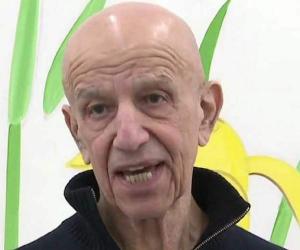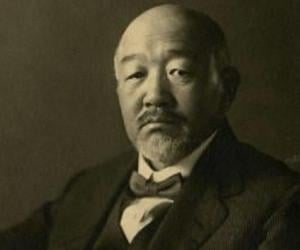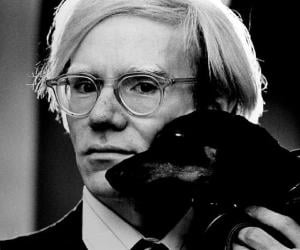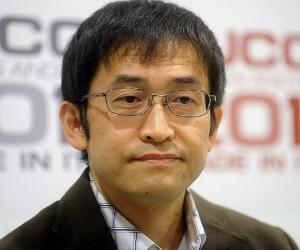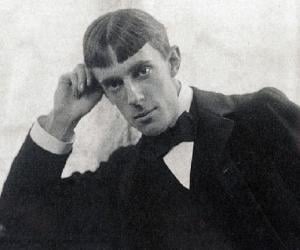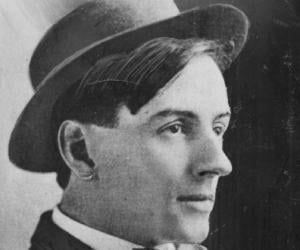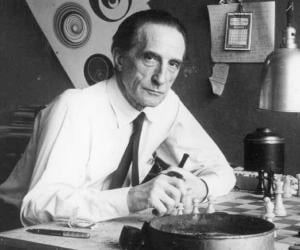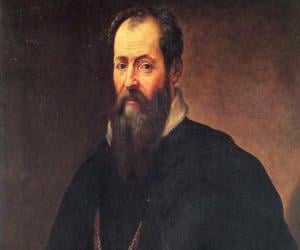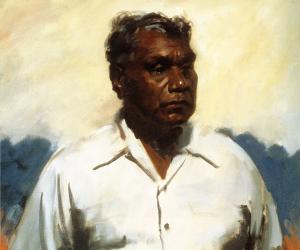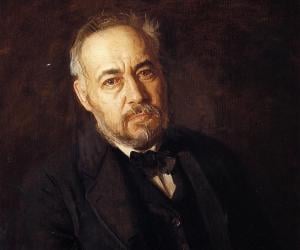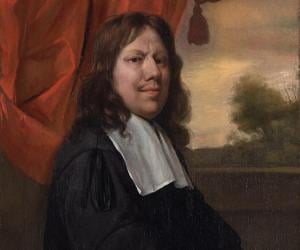Andy Warhol was an artist and filmmaker who played a key role in the visual art movement. Thanks to his extensive body of work, he has been the subject of various films, books, and retrospective exhibitions. Described as the bellwether of the art market, some of Warhol's works are among the most expensive paintings ever sold.
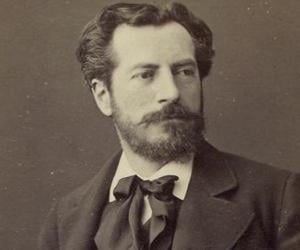
Frédéric Auguste Bartholdi was a French painter and sculptor remembered for designing the Statue of Liberty. He is also credited with designing other iconic statues like The Lion of Belfort and Marquis de Lafayette. In addition to being a sculptor, Bartholdi also played an important role in the Franco-Prussian War of 1870, serving as a liaison officer to Giuseppe Garibaldi.
Junji Ito is a Japanese manga artist known for his horror manga series, such as Tomie, Uzumaki, and Gyo. Tomie has been adapted into a series of Japanese films, while Uzumaki was adapted into a 2000 film of the same name. In 2019, Junji Ito was honored with an Eisner Award for his work.
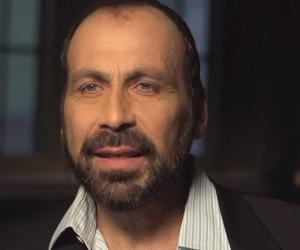

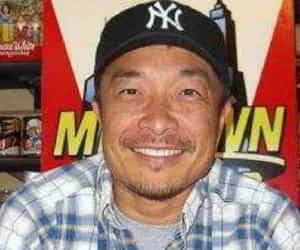
Korean-American comic-book artist Jim Lee began his career with Marvel and then soared to fame with his X-Men series. Though initially trained in psychology, he skipped medical school and became a comic writer instead. Apart from co-founding Image Comics, he also created WildStorm, which he sold to DC later.
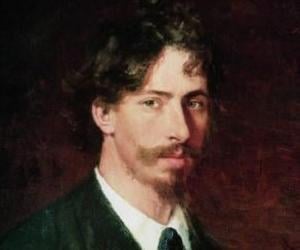
Born amid poverty in Ukraine, Ilya Repin earned himself an art scholarship and later devoted his life to historical painting. A major figure of the realist movement in painting, he had also been the subject of controversies, such as the withdrawal of his painting of Ivan the Terrible murdering his own son.
Aubrey Beardsley was an English illustrator and author, whose works emphasized the grotesque, the decadent, and the erotic. A leading figure in the aesthetic movement, he was deeply influenced by black ink drawings. He attended classes at the Westminster School of Art before beginning his career as an artist. He was considered an eccentric person.
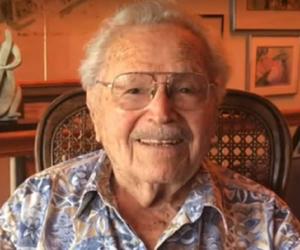
Nehemiah Persoff is a retired actor and painter. In an extensive career spanning over half a century, he appeared in more than 200 films, TV shows, and stage productions. As a young man, he served in the US Army. He then began his acting career in the New York theater and started acting in films and TV shows as well.
Tom Thomson was a Canadian artist best remembered for producing some of Canada's most iconic works, namely The West Wind and The Jack Pine. Thomson's work has had a profound influence on Canadian art and he is often regarded as an unofficial member of the famous Group of Seven as he died shortly before the establishment of the iconic group.

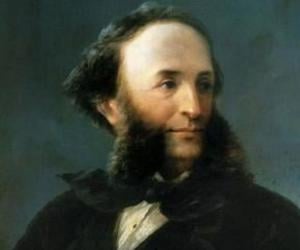
Remembered for his awe-inspiring marine art, Russian painter Ivan Aivazovsky was the son of an Armenian merchant. His 60-year career had seen him produce around 6,000 works, most of which were seascapes. He had been the Russian navy’s official painter and inspired Anton Chekhov’s phrase worthy of Aivazovsky’s brush.

Giorgio Vasari was an Italian architect, painter, writer, engineer, and historian. He is best remembered for his work The Lives, a series of artist biographies, which is regarded as the art-historical writing's ideological foundation. Vasari is also credited with the formulation of the term Renaissance as it was first suggested by Jules Michelet based on Giorgio Vasari's text.
Neil Harbisson is a cyborg artist best known for implanting an antenna in his skull. He is the first person in the world to do so. He gained international prominence after he was legally recognized by the government as a cyborg. An influential activist for transpecies rights, Neil Harbisson co-founded the Cyborg Foundation in 2010. The organization defends cyborg rights.
Born Elea, Albert Namatjira was rechristened after converting to Christianity. The Australian aboriginal painter, known for his watercolor paintings, couldn’t build a house in Alice Springs because of his aboriginal origin, leading to public outrage, which eventually led the government to make him and his wife full citizens.
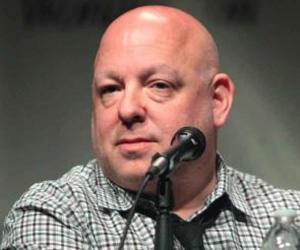
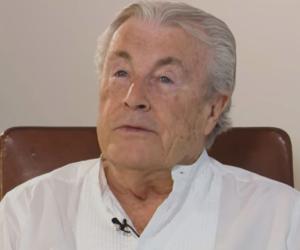
Terry O'Neill was a British photographer best remembered for capturing the fashions and celebrities of the '60s. O'Neill was renowned for documenting his subjects in unconventional settings or candidly. His work has been showcased in several exhibitions and art galleries, including the National Portrait Gallery in London. In 2011, Terry O'Neill was honored with the Royal Photographic Society's Centenary Medal.
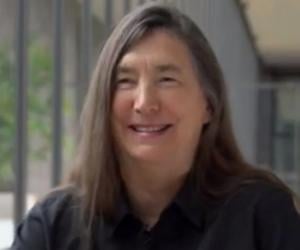
Jenny Holzer is an American artist best known for her association with neo-conceptual art. Her work focuses on conveying ideas and messages in public spaces with the help of large-scale installations, illuminated electronic displays, projections on buildings, and advertising billboards. Over the course of her career, Holzer has received several awards like the Golden Lion at the 1990 Venice Biennale.
Thomas Eakins was an American photographer, realist painter, fine arts educator, and sculptor. Often counted among the most prominent American artists of all time, Eakins painted several hundred portraits during his lifetime. As an educator, Thomas Eakins played an important role in influencing the American art during his generation.
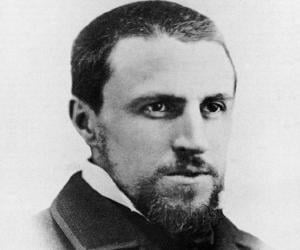
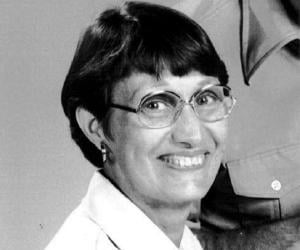
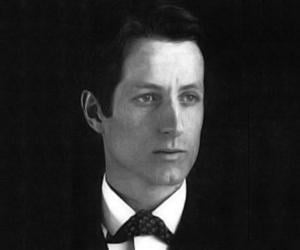
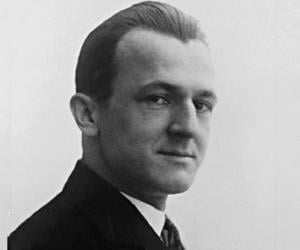
German Expressionist artist George Grosz, later a naturalized US citizen, is most noted for his caricatural drawings and paintings of Berlin life. A leading member of the Berlin Dada and New Objectivity groups during the Weimar Republic, Grosz later departed from his earlier style and subjects and taught at the Art Students League of New York for several years.

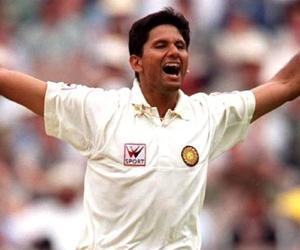
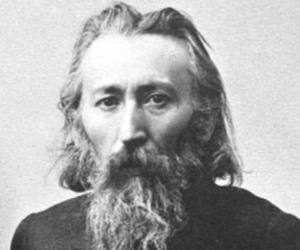
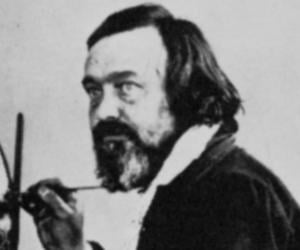
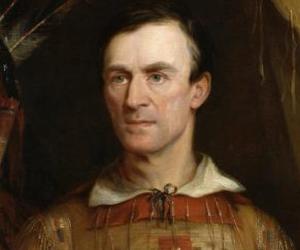
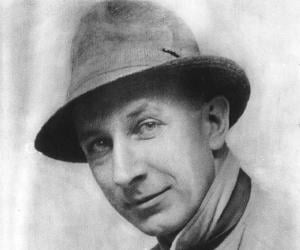
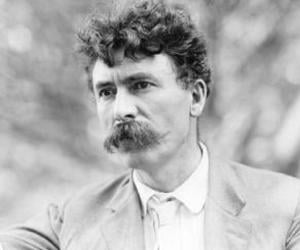
Ernest Thompson Seton was a wildlife artist and author. He is credited with founding a youth program called the Woodcraft Indians in 1902. A pioneer of the Boy Scouts of America, Seton also had a huge influence on the founder of the Scout Movement, Lord Baden-Powell. His life and career inspired several works of art like TV series and literature.
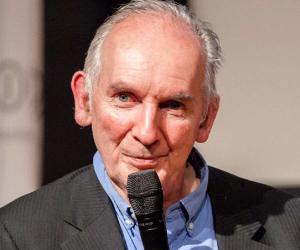
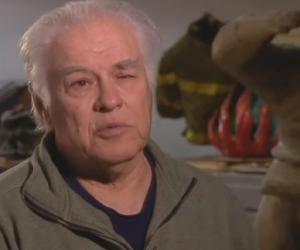
Luis Jiménez was an American sculptor best remembered for depicting Hispanic-American themes through his works, which have been exhibited at the Denver International Airport as well as the Smithsonian. In addition to being a sculptor, Jiménez has also taught art at institutions like the University of Houston and the University of Arizona.

French painter and sculptor Jean Dubuffet pioneered what is known as art brut, or raw art. He halted his painting classes to be a wine merchant for a while and returned to painting after almost two decades. He had also experimented with music, study of languages, and poetry.
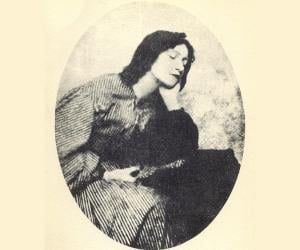
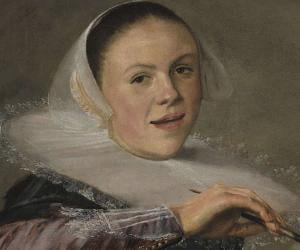
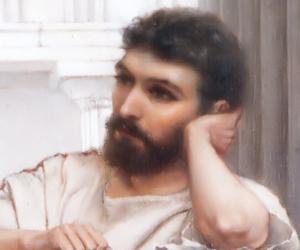
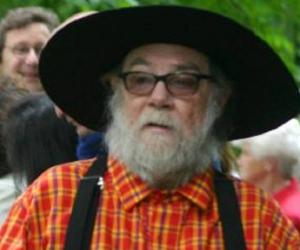
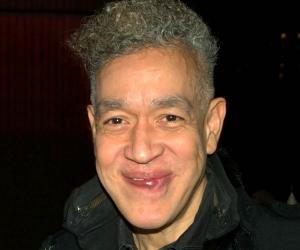
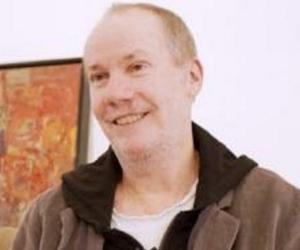
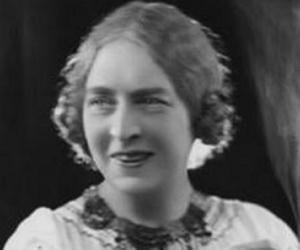

Ivan Bilibin was a Russian stage designer and illustrator. Inspired by the culture and art of Ruthenia, Bilibin established himself as an important illustrator. He is remembered for his contribution to Slavic folklore and Russian folk tales. As a stage designer, he contributed to the Ballets Russes. Ivan Bilibin is also credited with co-founding the Union of Russian Artists.
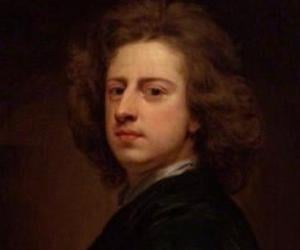
Jan Steen was a Dutch Golden Age painter, counted among the leading genre painters of the 17th century. Born into a wealthy family, he received training under prominent painter Nicolaes Knupfer. For several years, he worked with renowned landscape painter Jan van Goyen, whose daughter he later married. He painted portraits, still life, and historical, mythological, and religious scenes.
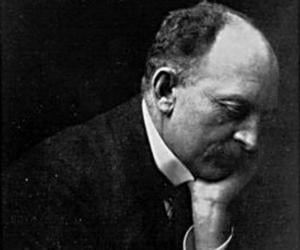
German-Danish painter, watercolourist and printmaker Emil Nolde is counted among the first Expressionists and oil painting and watercolour painters of the early 20th-century who explored colour. He was a Die Brücke member and is noted for his expressive choice of colours, his brushwork, and his violent religious works. Notable works of Nolde include Lesende junge Frau and Blumen und Wolken.
